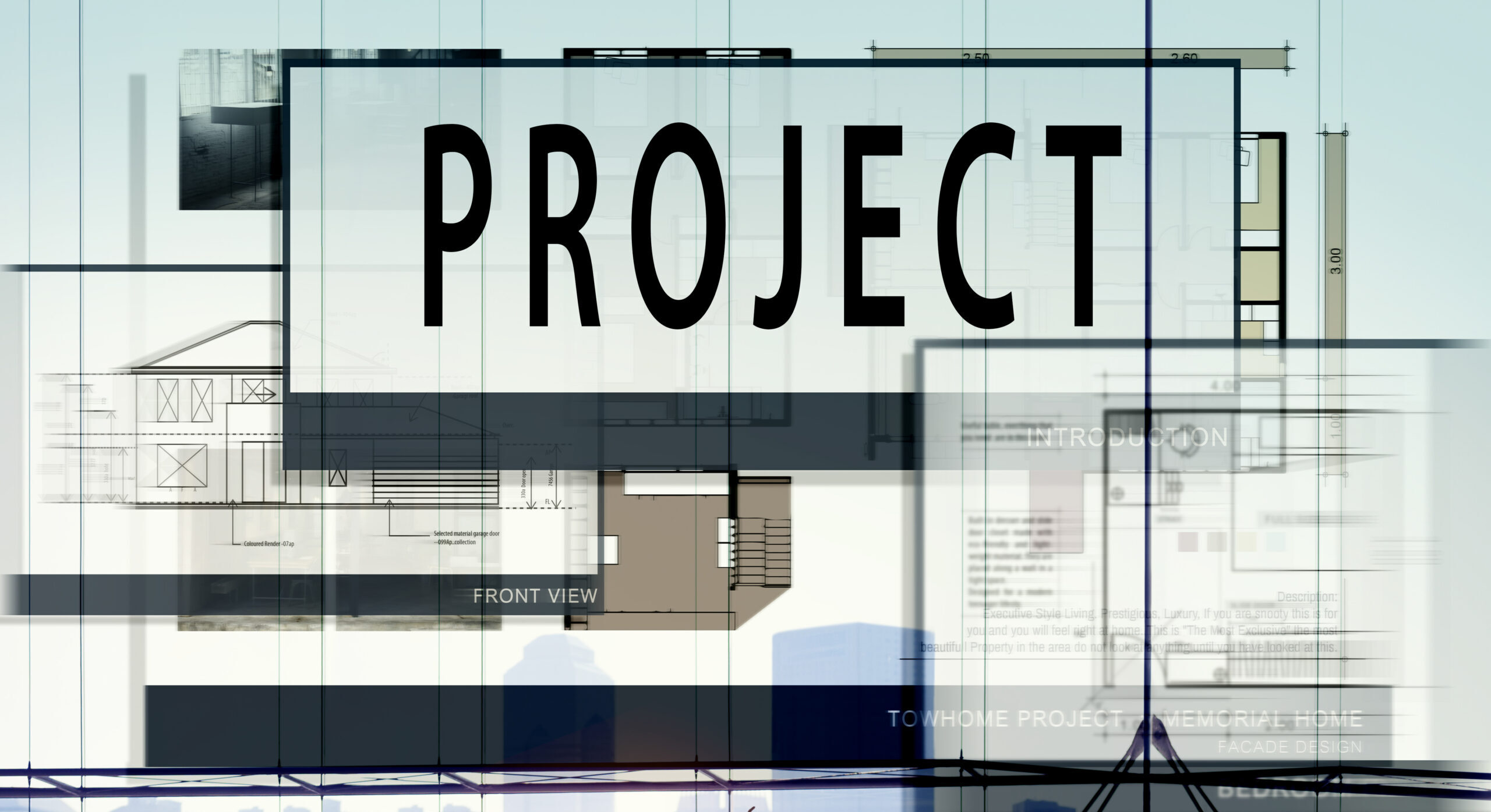
Projects are endeavors with specific goals, timelines and objectives undertaken by organizations to create a unique product, service, or result. Projects have defined start and end dates, limited resources, and require a dedicated team to achieve the desired outcomes. They can vary in size and complexity, ranging from small internal initiatives to large, cross-functional endeavors that span multiple departments or even organizations.
Project tracking is crucial for efficient project management, risk mitigation, resource optimization, and meeting objectives on time and within budget. It enables organizations to make data-driven decisions, fosters transparency, and enhances overall project success. Keeping track of projects is essential for several reasons:
1. Visibility and Transparency
2. Resource Management
3. Identifying Issues and Risks
4. Meeting Deadlines
5. Budget Control
6. Quality Control
Project risks are potential events or situations that could have a negative impact on a project’s objectives, scope, timeline, budget, or overall success. These risks can arise from various sources and may affect different aspects of the project. Identifying and managing these risks is crucial for project success.

AI can significantly enhance the prediction of project risks by leveraging data analysis and machine learning techniques. Here’s how AI/ML can help predict project risks:
- Data Analysis: AI can process large volumes of historical project data, including past project performance, resource allocation, and outcomes. Analyzing this data can reveal patterns and trends that human analysts might overlook, leading to more accurate risk assessments.
- Machine Learning (ML) Algorithms: AI-powered machine learning algorithms can learn from historical project data and identify correlations between various project factors and risks. This enables the system to make predictions and highlight potential risks based on new project information.
- Real-time Monitoring: AI can continuously monitor project activities, team performance, and external factors that may impact the project. By analyzing real-time data, AI can provide timely alerts about emerging risks, allowing project managers to take proactive measures.
The benefits of predicting project risks using AI/ML are numerous:
- Proactive Risk Management: Early identification of risks allows project teams to take proactive measures to prevent or mitigate their impacts, reducing the likelihood of project delays and failures.
- Resource Optimization: AI can help allocate resources more efficiently by identifying areas where additional resources may be needed or areas where they can be reallocated.
- Cost Savings: Predicting and managing risks can save costs associated with rework, project delays, and unforeseen issues.
- Improved Project Success Rate: By addressing potential risks beforehand, projects are more likely to achieve their objectives and deliver successful outcomes.
- Better Stakeholder Confidence: Stakeholders, including clients and investors, gain confidence in the project’s ability to meet its goals when risks are transparently identified and managed.
In summary, leveraging AI/ML for predicting project risks offers organizations a competitive advantage by enabling proactive risk management, cost savings, and increased project success rates. It empowers project managers to make data-driven decisions and enhances overall project efficiency and outcomes.
Connect with us (kishore.kulkarni@nxtechworks.com) if you want to try and use our AI-enabled Visual and Data-driven Predictive Project Assurance tool for your specific needs.
All Images by freepik.com
